Situated in the western reaches of Tokyo, the Okutama Ropeway has been abandoned for nearly half a century.
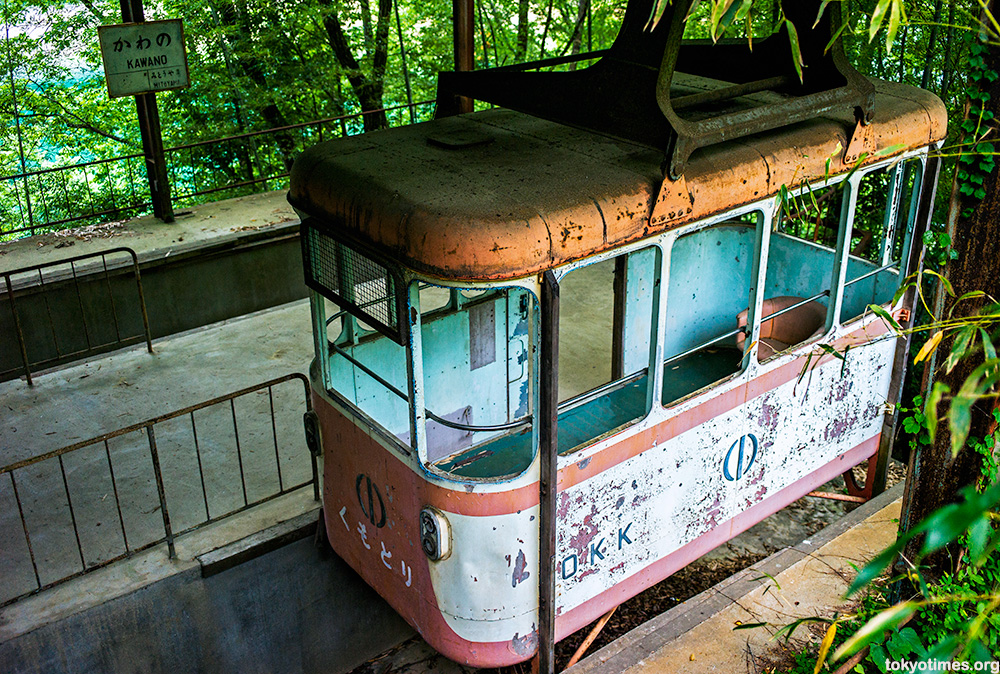
Opened in 1962, the plan was presumably to tap into the massive population located a relatively short journey away, but the visitors never materialised. Or certainly not in the required numbers. The ropeway’s short, 600 metre, 6 minute hop from one seemingly random spot on a reservoir to another, clearly not enough to draw the crowds. And so, just 4 years later, it closed, leaving the two cable cars to sit where they were left on that very last day — silent and forever passenger-less.
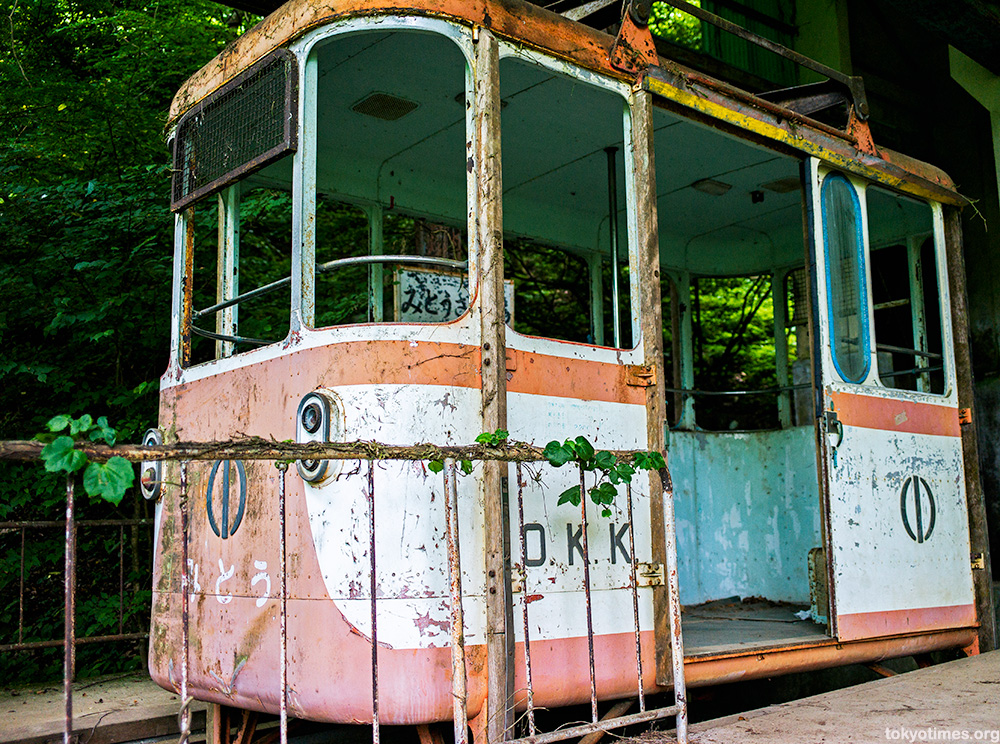
Beautiful.
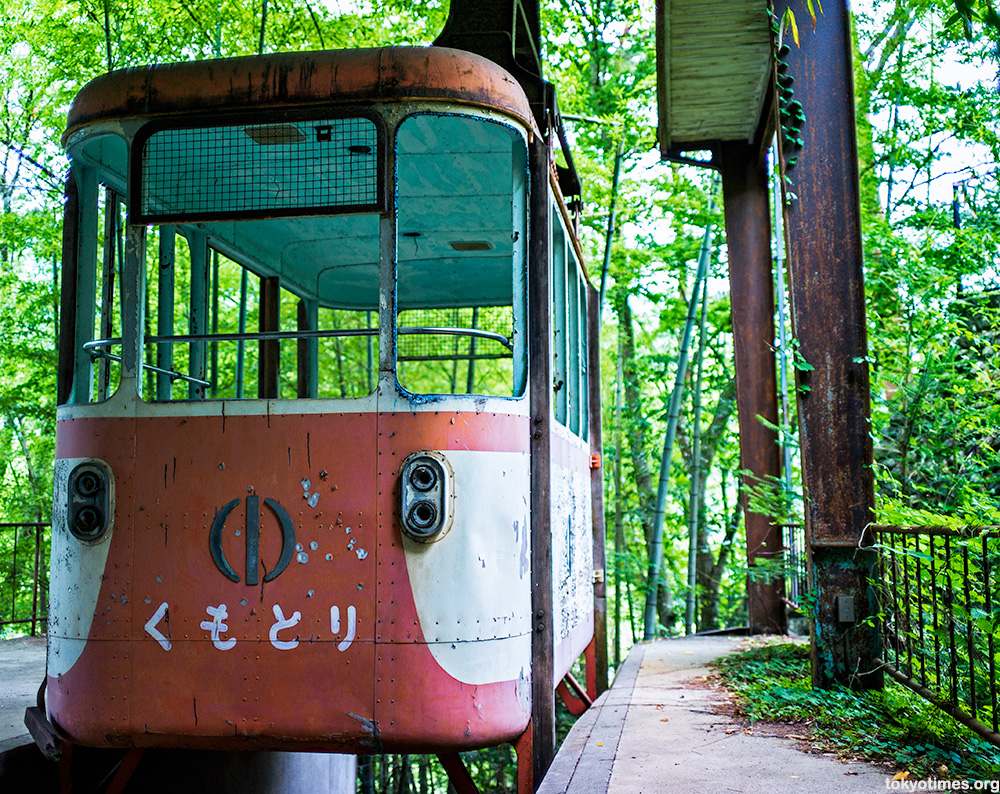
Strangely peaceful objects.
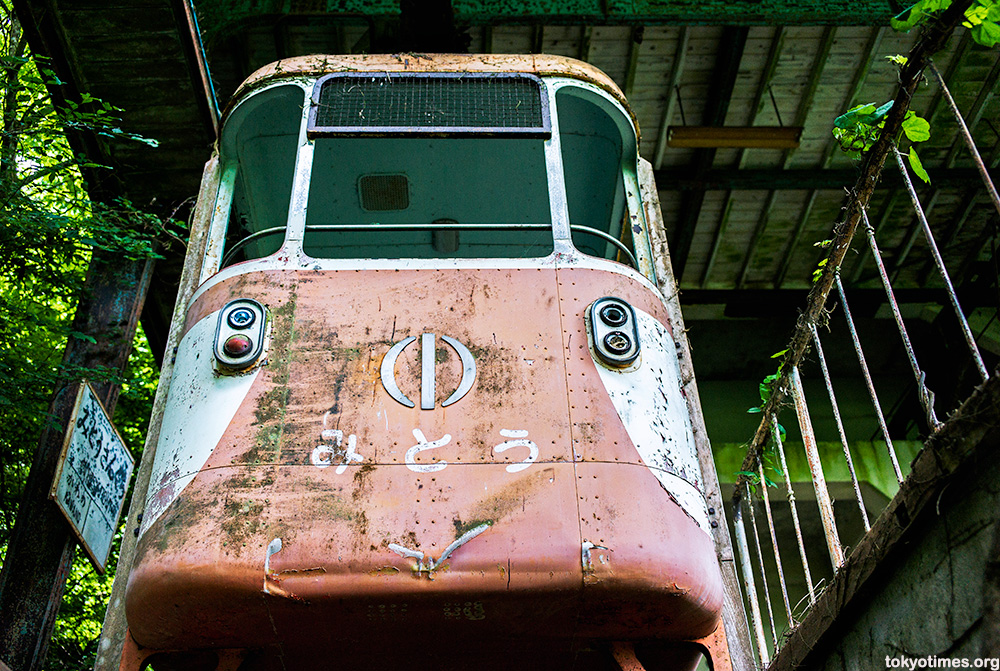
Objects that in their secluded, now very natural settings, make for lovely sights. And despite the massive financial losses the project must have suffered. Not to mention the disintegration of at least one persons dream. They are, unlike many haikyo/abandoned places, genuinely nice spots to visit.
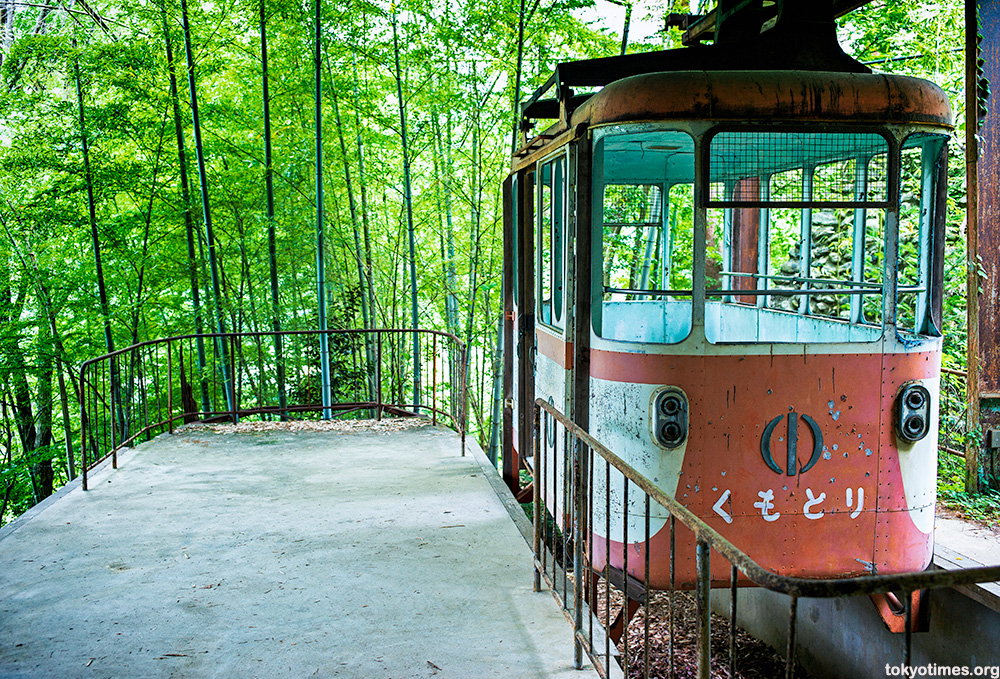
Jordy Meow says
This is the haikyo that never ever changed. Stuck in time.
Lee says
Yes, it really is. Only the surroundings change with the seasons. Hopefully it’ll stay that way for another 50 years.
Mike Vallee says
I love images of modern ruins…
What I find amazing (and refreshing) is the absence of graffiti in all your photos….
In North America, vandals would have surely claimed these beauties as their own personal canvas for their spray paint vomit.
Thank you.
Lee says
Yeah, this place is remarkably untouched. Especially so considering how long it has been abandoned.
Sadly, however, it’s not always the case. Far from it in fact. As a good number of places are smashed up and vandalised.
Yuxing says
Wow, there is just something very captivating about these Haikyo.
Lee says
Yes. There almost always is.
Jeffrey says
I wonder if the builders imagined that it would be a draw during the Olympics?
Lee, is the rest of the infrastructure – towers and such – gone?
Lee says
That’s a good point. Hadn’t thought about that. Could well have been a factor in it being built.
No, it’s all there still. The buildings are pretty much shells, but the machinery that hauled the cable cars across the lake is still there. All a bit dark and unphotegenic though. And the towers are there too. But at this time of year they are barely visible, as they are so overgrown.
Jeffrey says
i know I’ve wondered this here before, but why is it that derelict structures, unless already slated for redevelopment, never razed? Some, in fact, most of they haikyo you madmen and women photograph are deathtraps waiting to happen. Then there is the ugliness factor. I’m thinking in particular that onsen town you and others have documented.
Lee says
The only answer I’ve ever come up with is cost, which would no doubt be incredibly high. And as the owner has presumably gone bankrupt, somebody else would have to foot the bill.
This particular haikyo is in the middle of nowhere by Tokyo standards, and is barely visible these days, so I can sort of understand them leaving it. Financially it just would not be worth it. But in the Kinugawa onsen resort resort you mentioned, it makes no sense at all, as it is a massive blot on the landscape. Again though, somebody would have to be prepared to pay for demolition…
winnie says
Awesome!! 🙂
The front view of the cable car , you went over the fence and took the picture?
All the pictures are so cool!! I feel so excited with them. I love Cable car!
And I also interested how you take the first picture too?
🙂
Lee says
Yea, it wasn’t dangerous us though. The ground was flat for a few feet.
Oh, and the first picture was taken from outside a window of the main building. Quite a bit higher than the cable cars, so it made for an interesting viewpoint.
Lizzy says
So awesome!!!!
Lee says
I like them too. Just a nice place to hang out for a while. Well, until the bugs got too much…
Willy says
Thats gotta be an extremely rare genre of Haikyo.
Lee says
Yeah, there can’t be many of them. Especially so in such lovely, untouched condition.
Kit says
I couldn’t see the reservoir in those photos… what happened to it?
Lee says
Nothing, it’s just obscured by all the trees that have grown in the last 50 years.
Linette says
The colors are stunning. It doesn’t even look like you used a filter. It must have been more impressive in person. Fascinating. Well done.
Lee says
Thanks. It is impressive, but yeah, the photos don’t quite capture the incredible peacefulness of it.
Hans ter Horst says
These photos make me feel like stepping into a film by Studio Ghibli . Amazing work!
Lee says
Cheers!
I was hoping it’d be nice and green, and I pretty much got everything I wanted, including the light. A genuinely special place.
Natalie says
Every time you post a photo story, Lee, I wish I was back in Japan.
This photo series evokes such a strong feeling for me.
Thank you.
Lee says
You are very welcome, and a big thank you to you for the kind words. It’s great to hear the photos left such a strong impression. Very encouraging.
Squidpuppy says
What a a perfect place for a Himitsu Kichi (secret base) if I were 8 years old again!
Lee says
Yeah, never though of that. The perfect place for a kid to escape to. The surroundings and a bit of imagination would offer limitless hours of fun.
David says
Hey Lee, your pics really capture the poignancy of this remarkable place. After reading your story I felt compelled to head out there myself and delve a little into its history and background. I have now posted my own story and also found it’s a great location for some experimental HDR photography. If you have chance check out my adventure there too! Cheers David
Lee says
Thanks, David. Happy to hear it prompted you to head out there. Genuinely lovely spot, isn’t it?
Really good write up, and I especially like the close up of the pulley wheel.
David Lowe says
Thanks for the complement. It’s quite remarkable that after all these years the buildings have survived relatively unscathed and hopefully it continues to remain so.